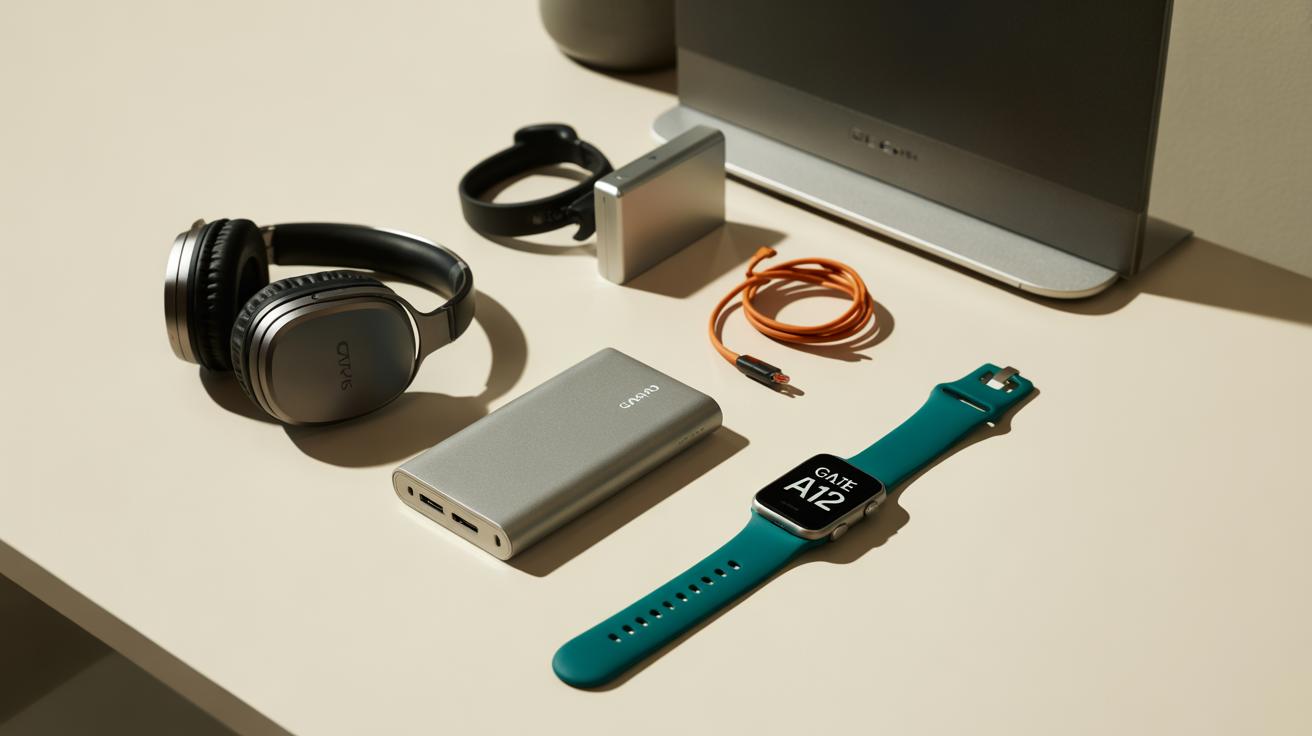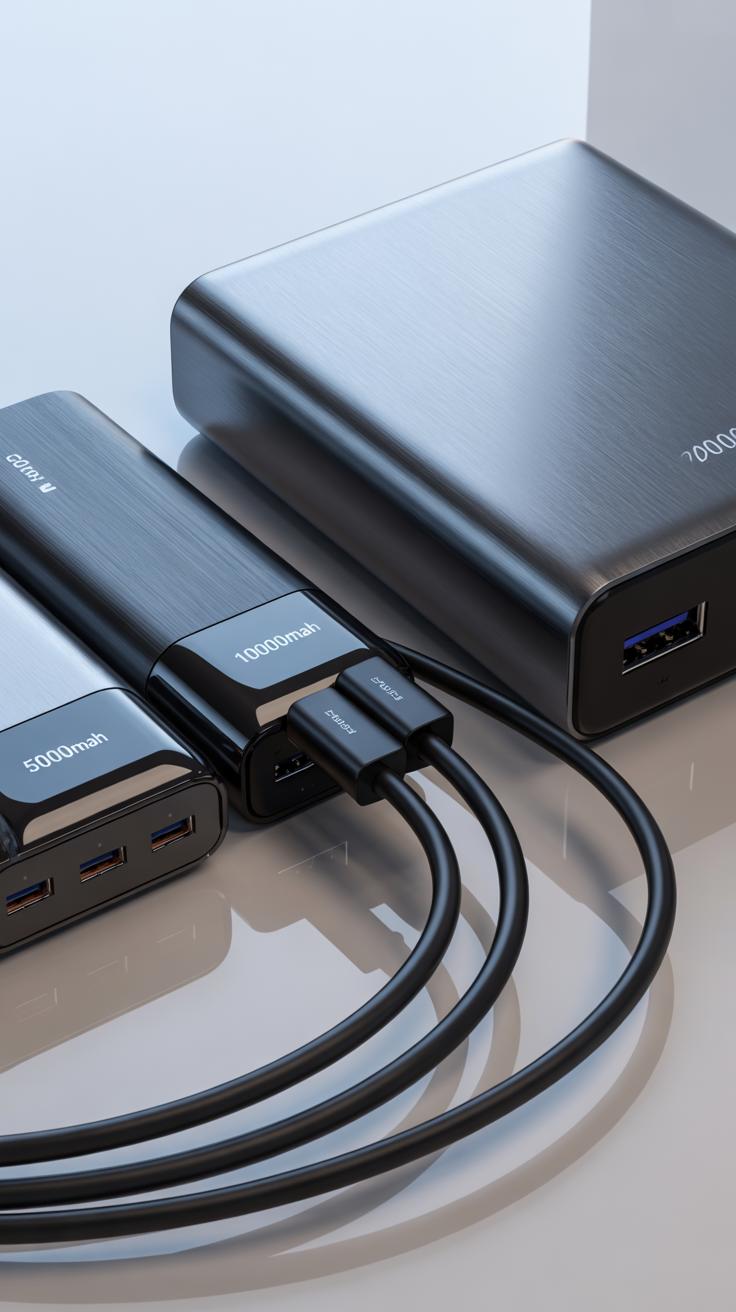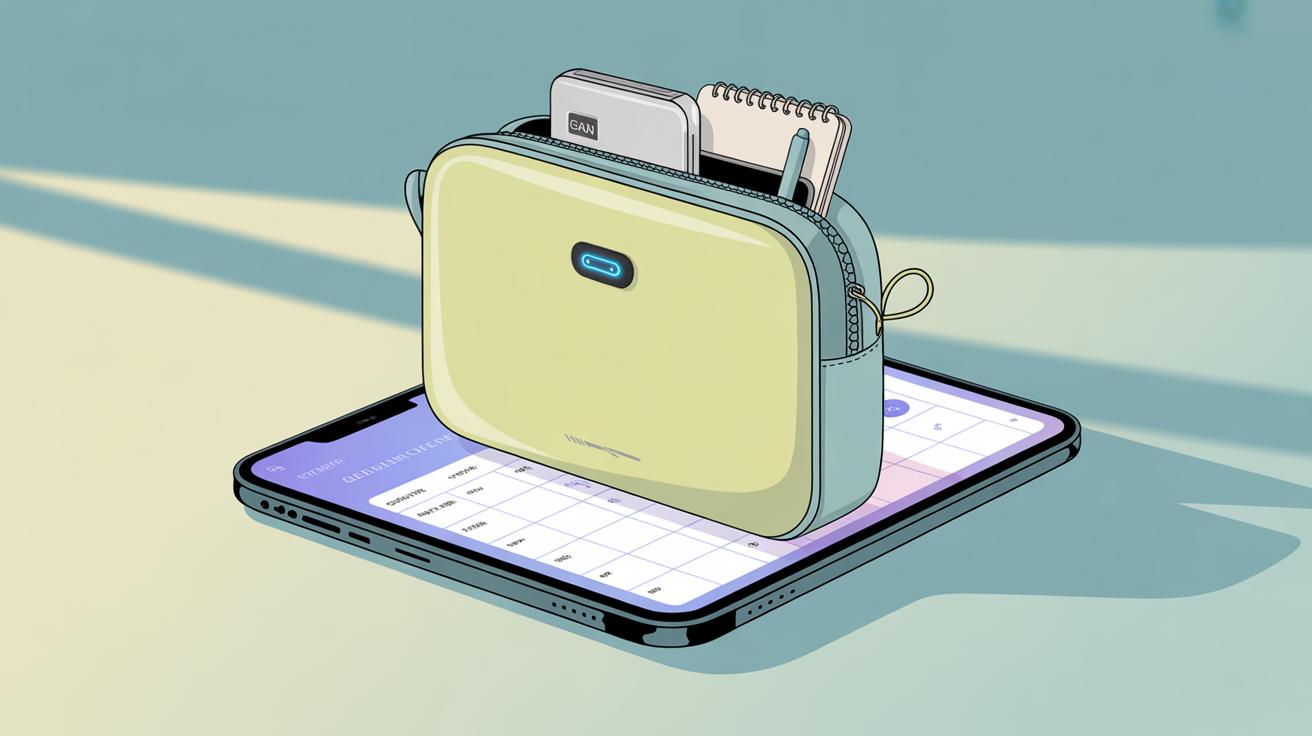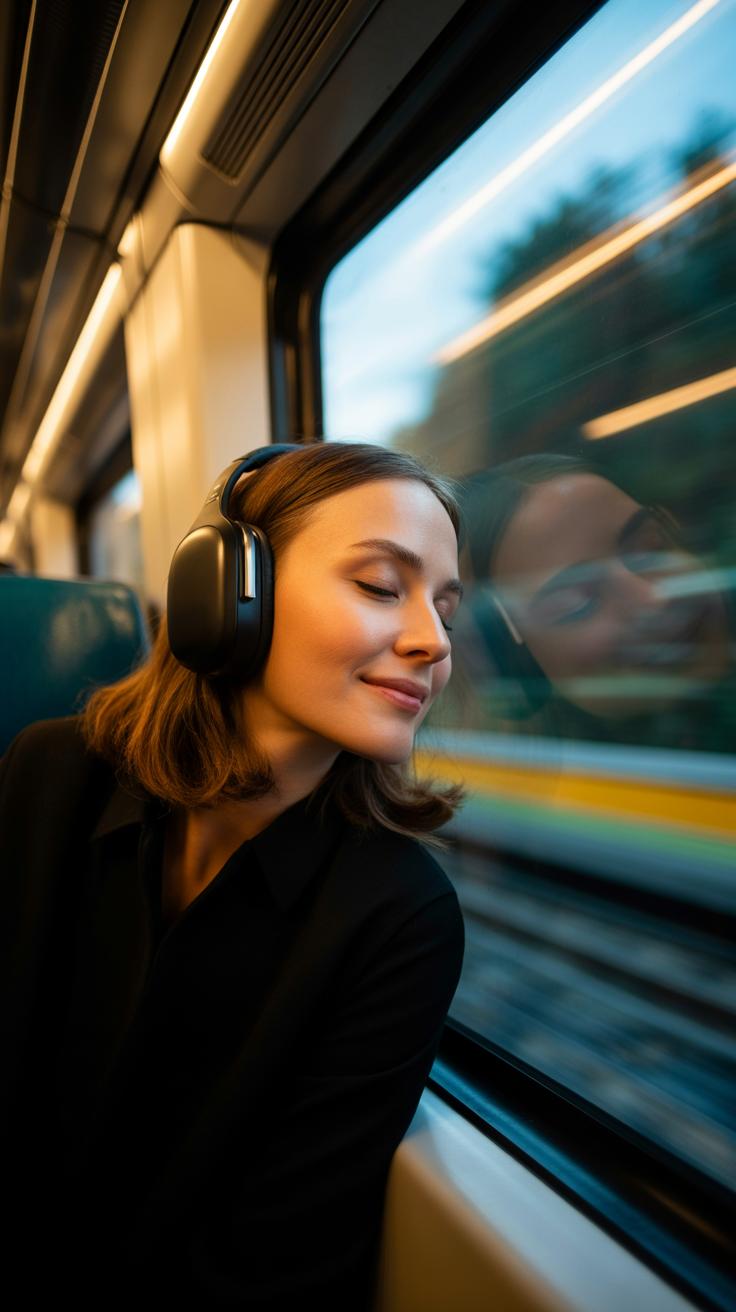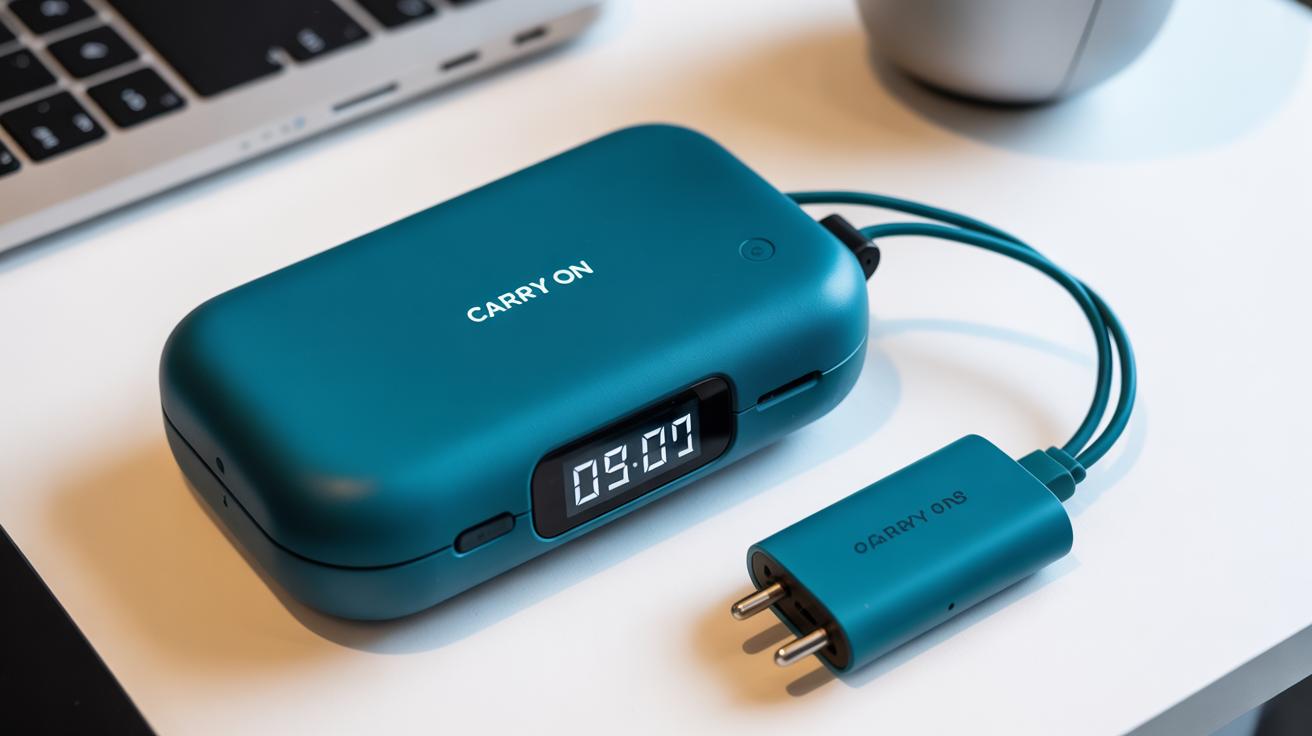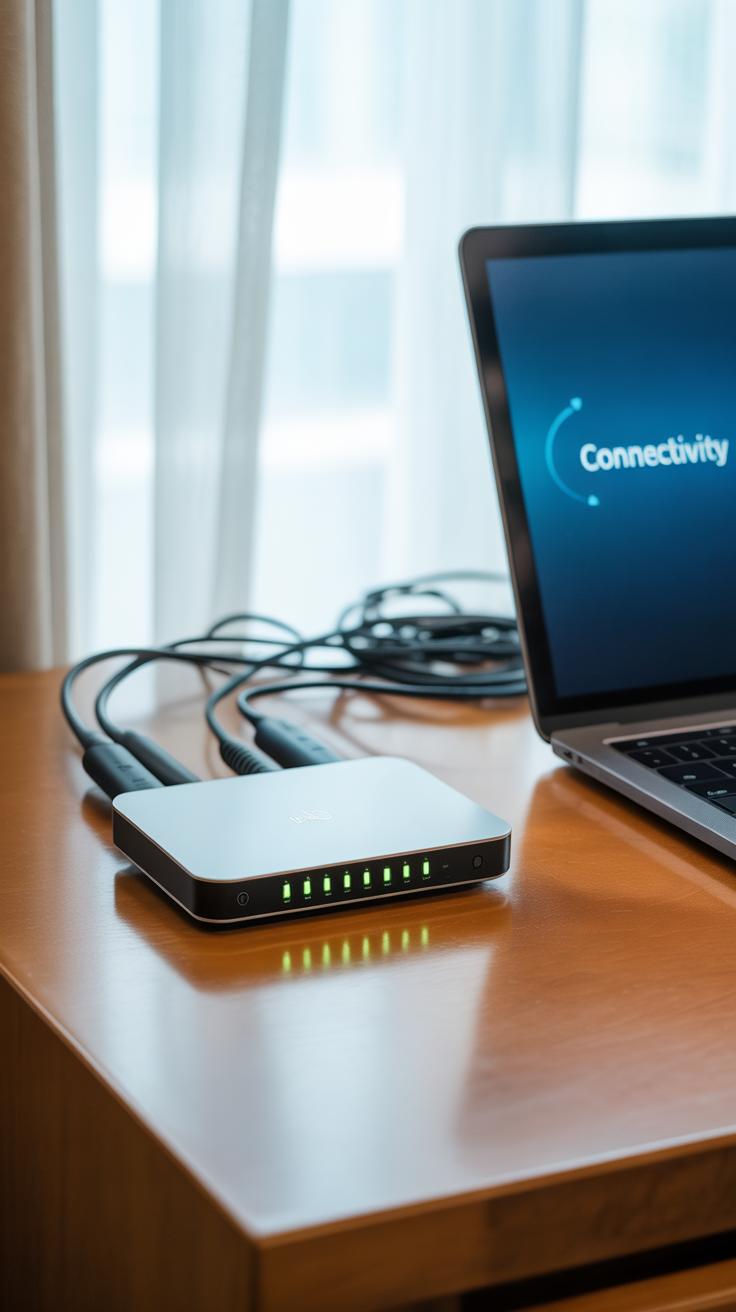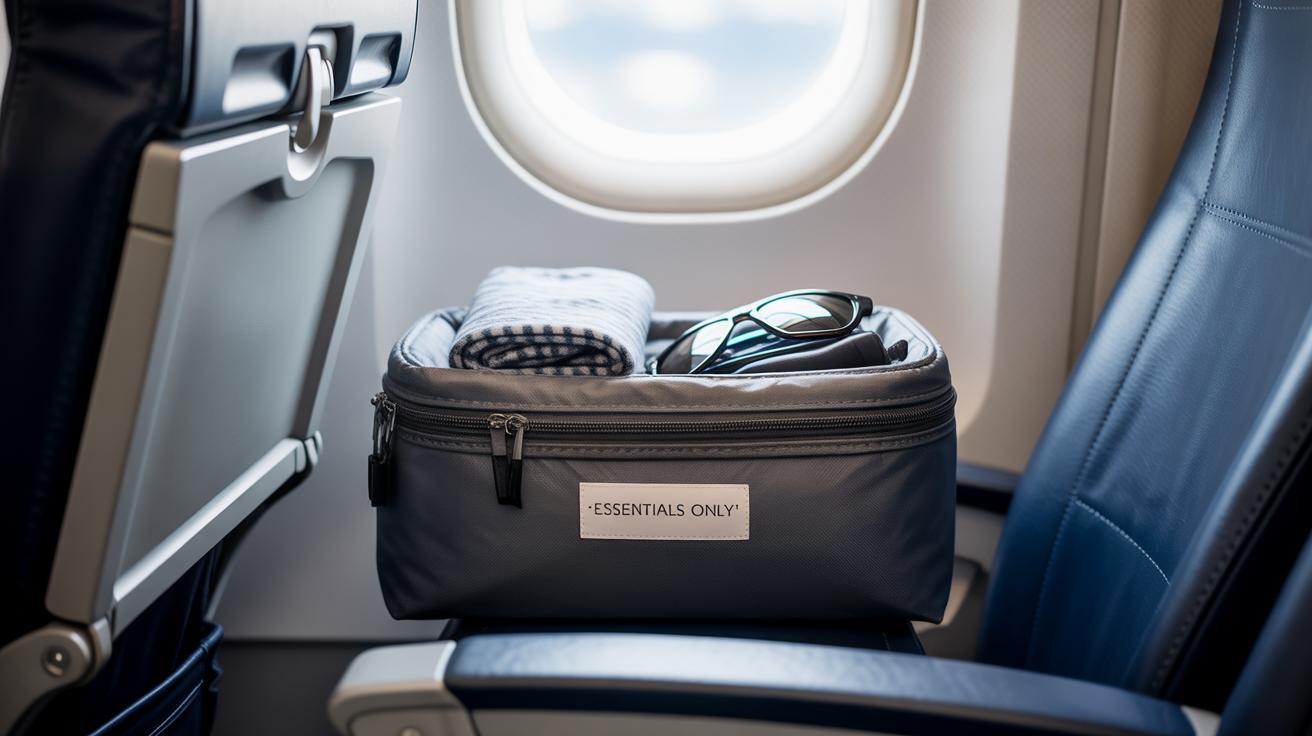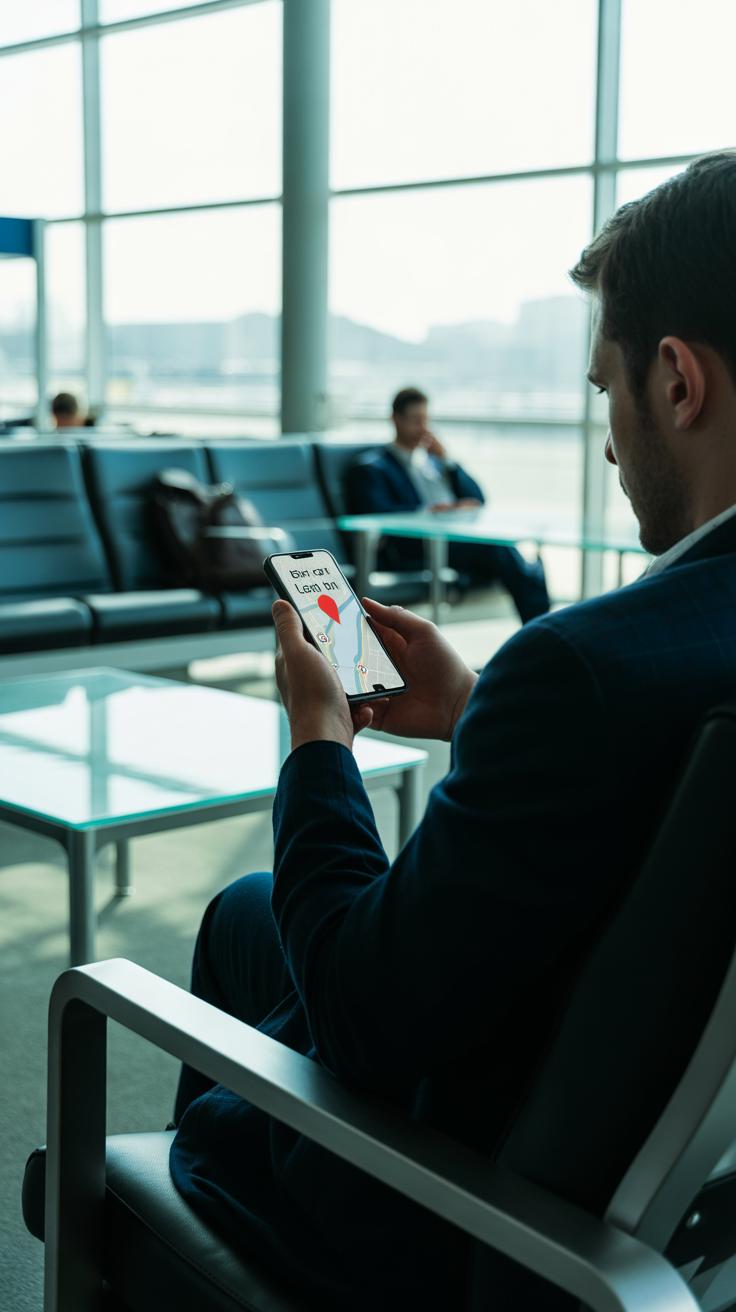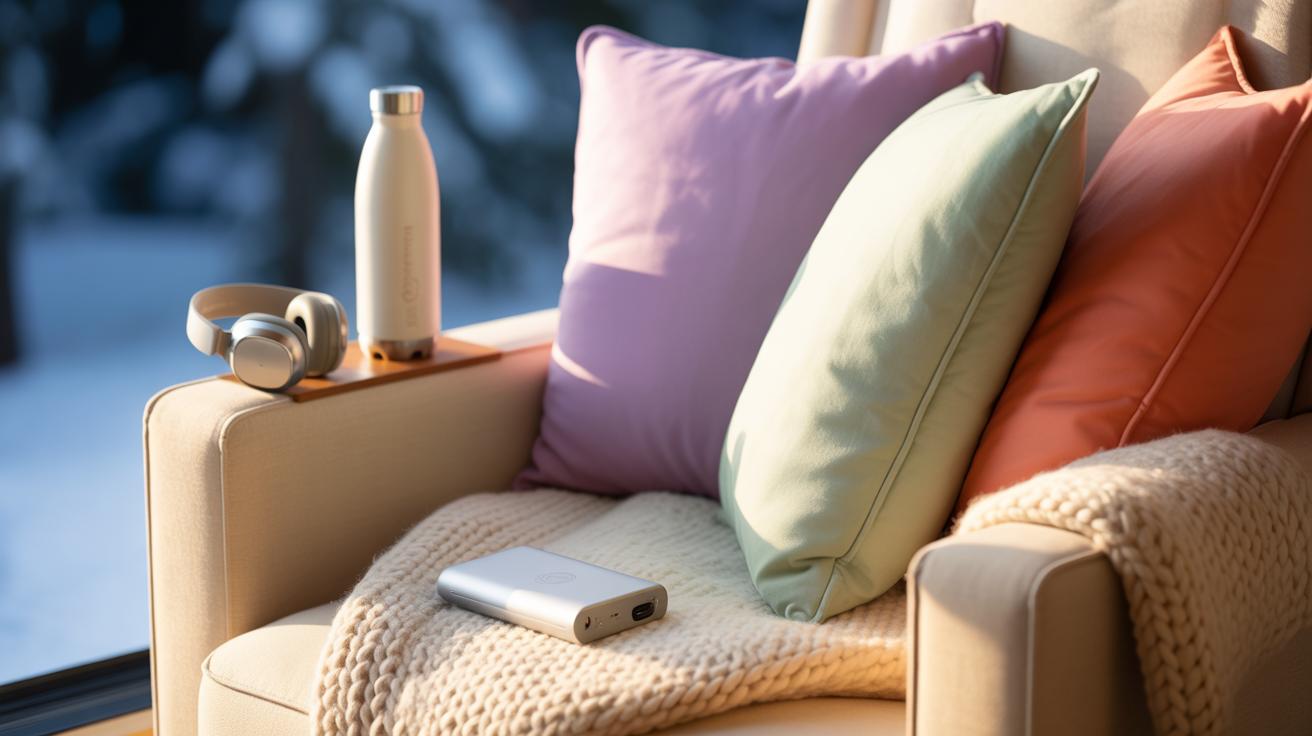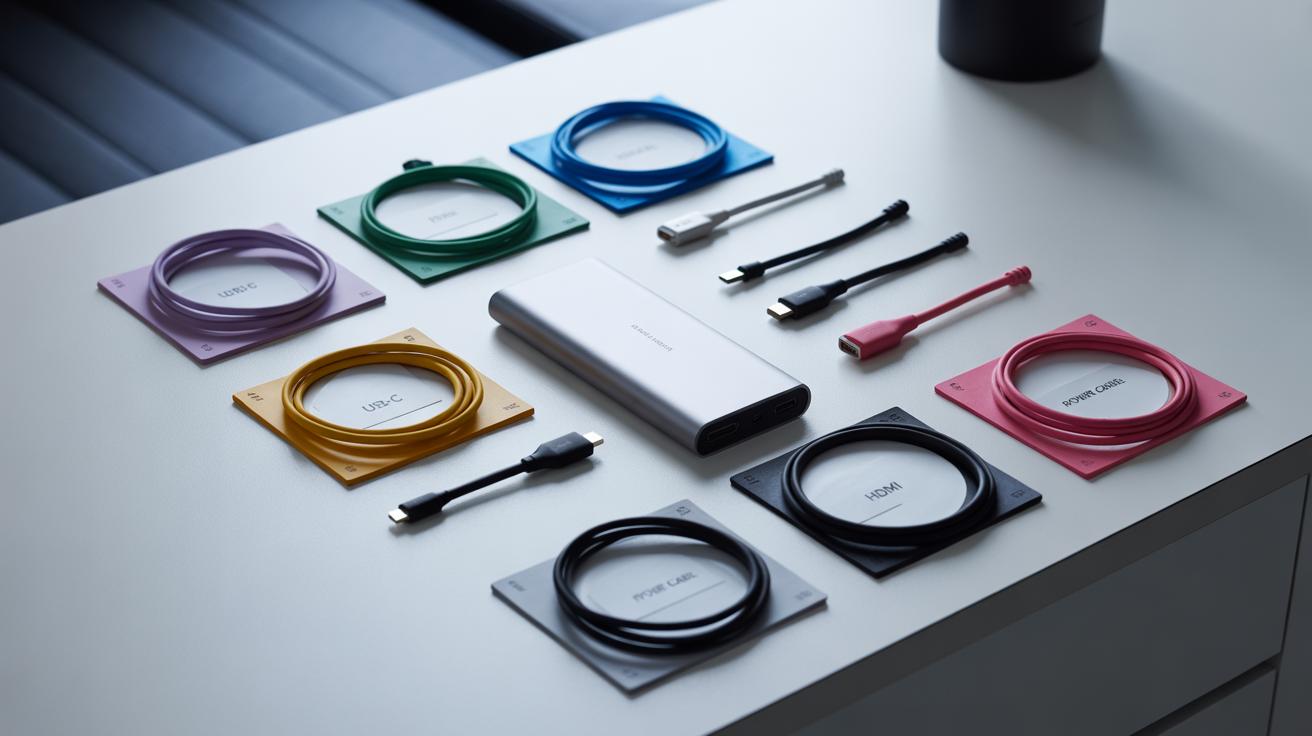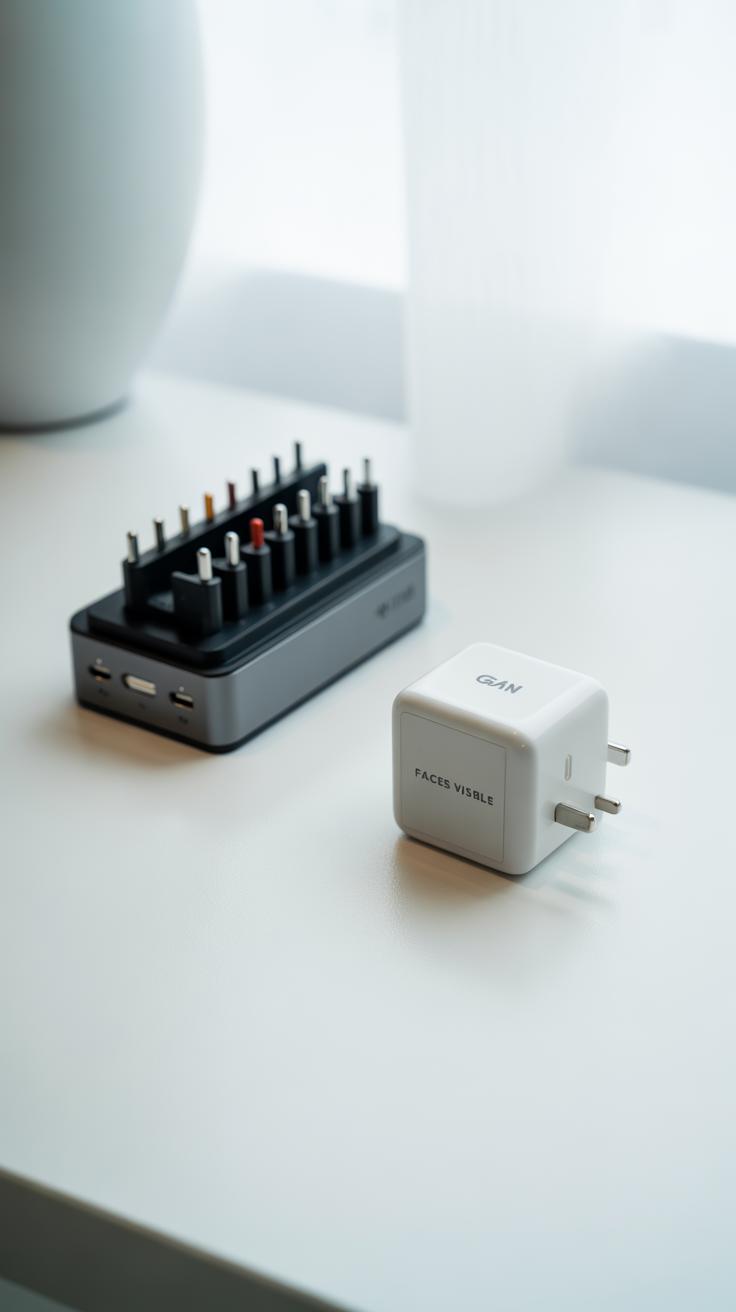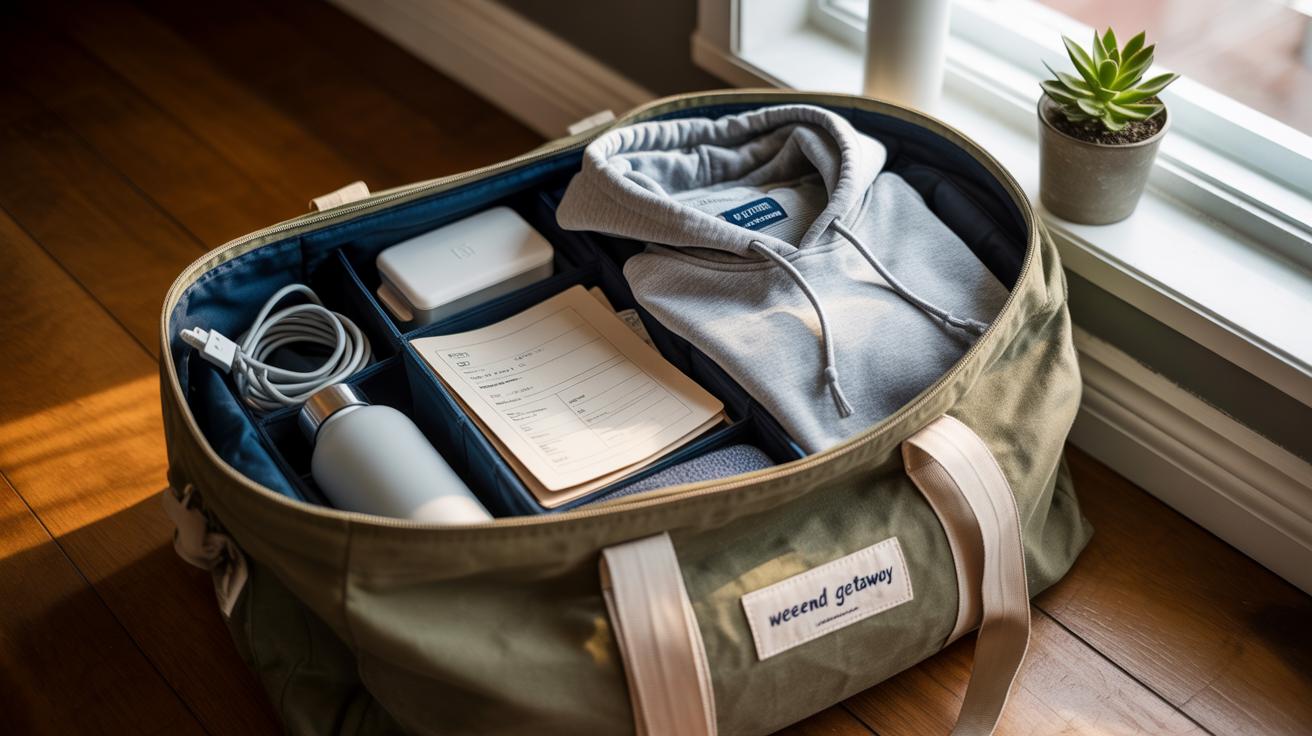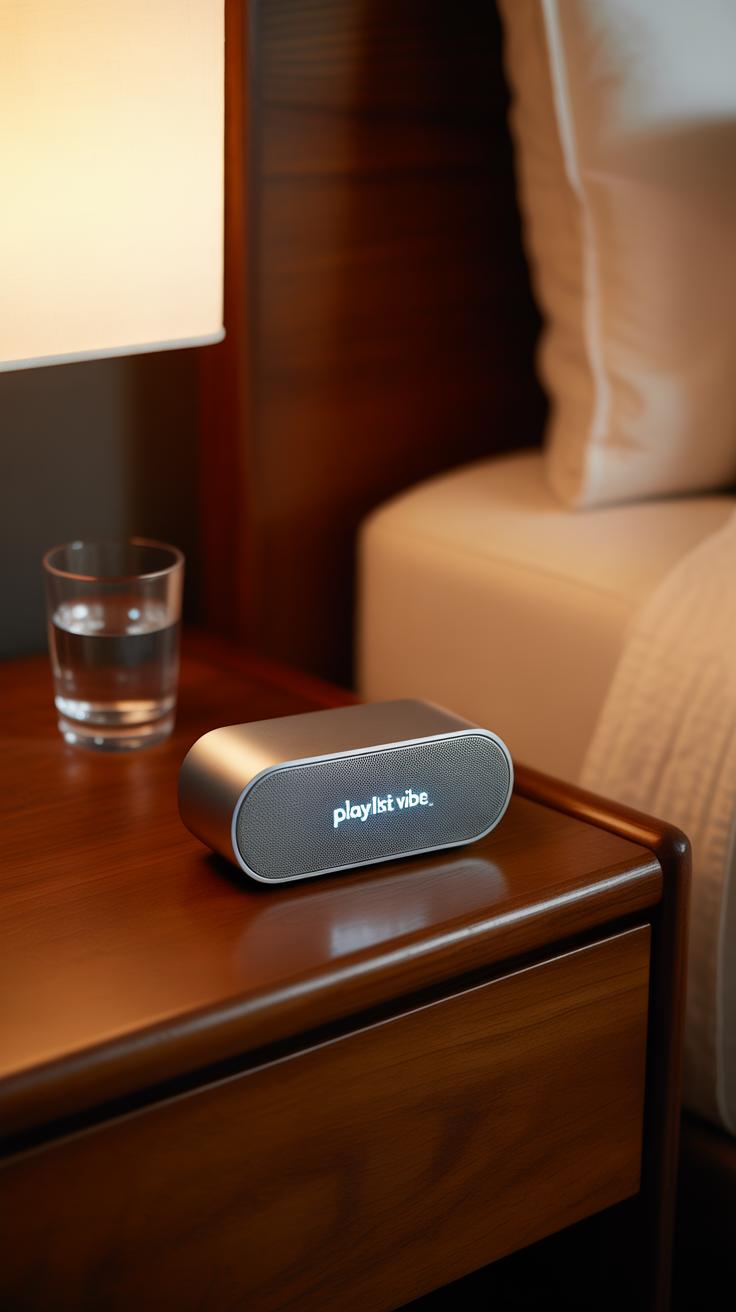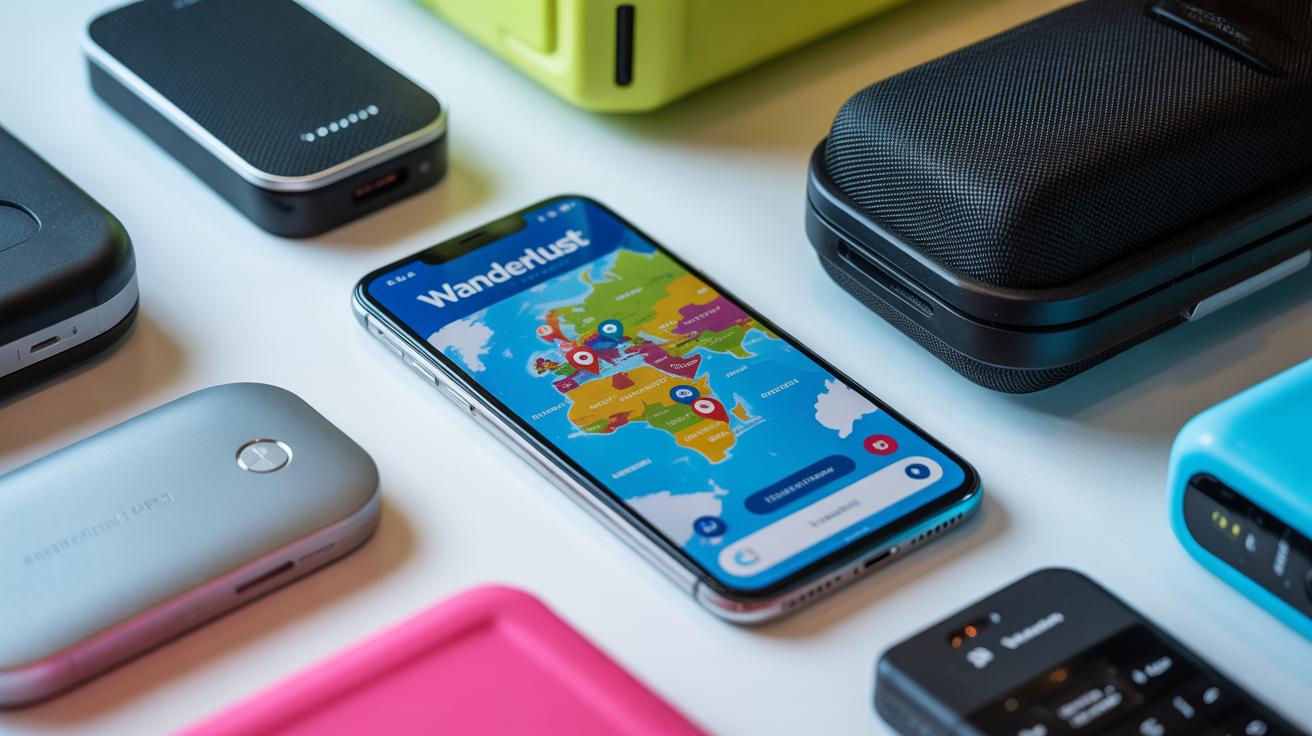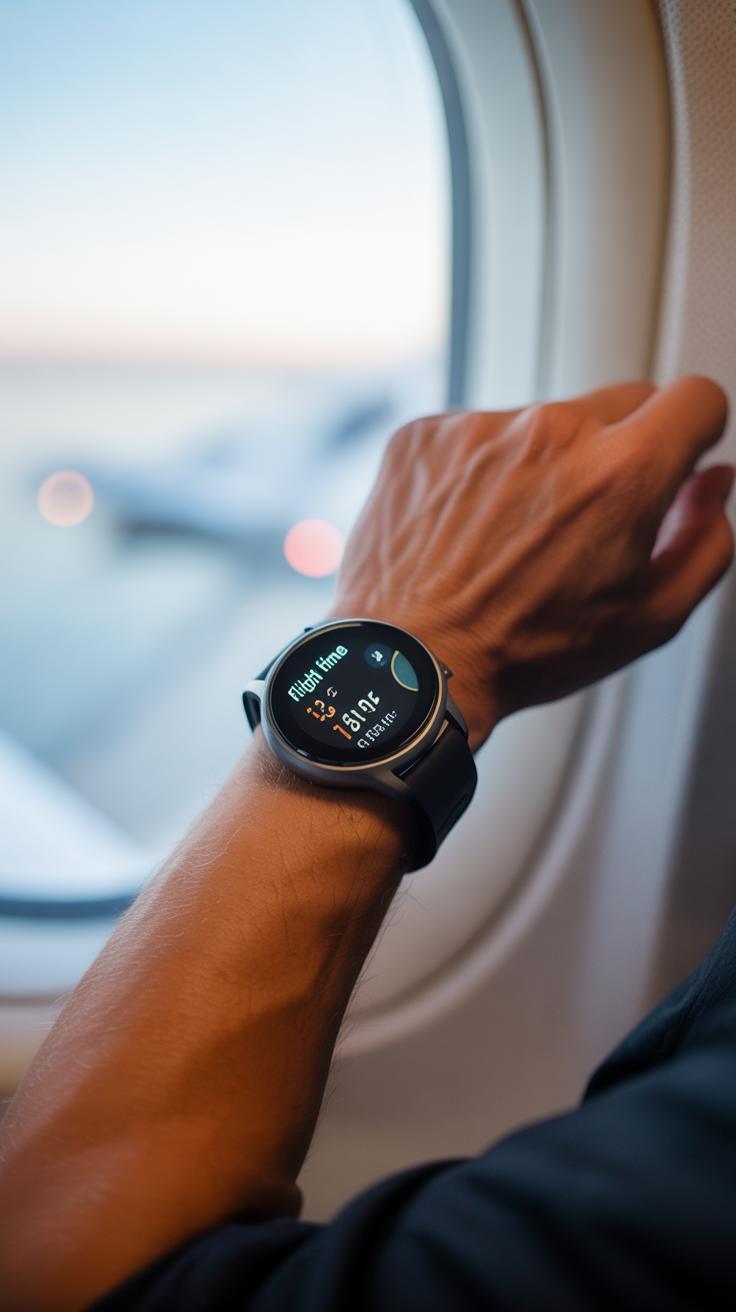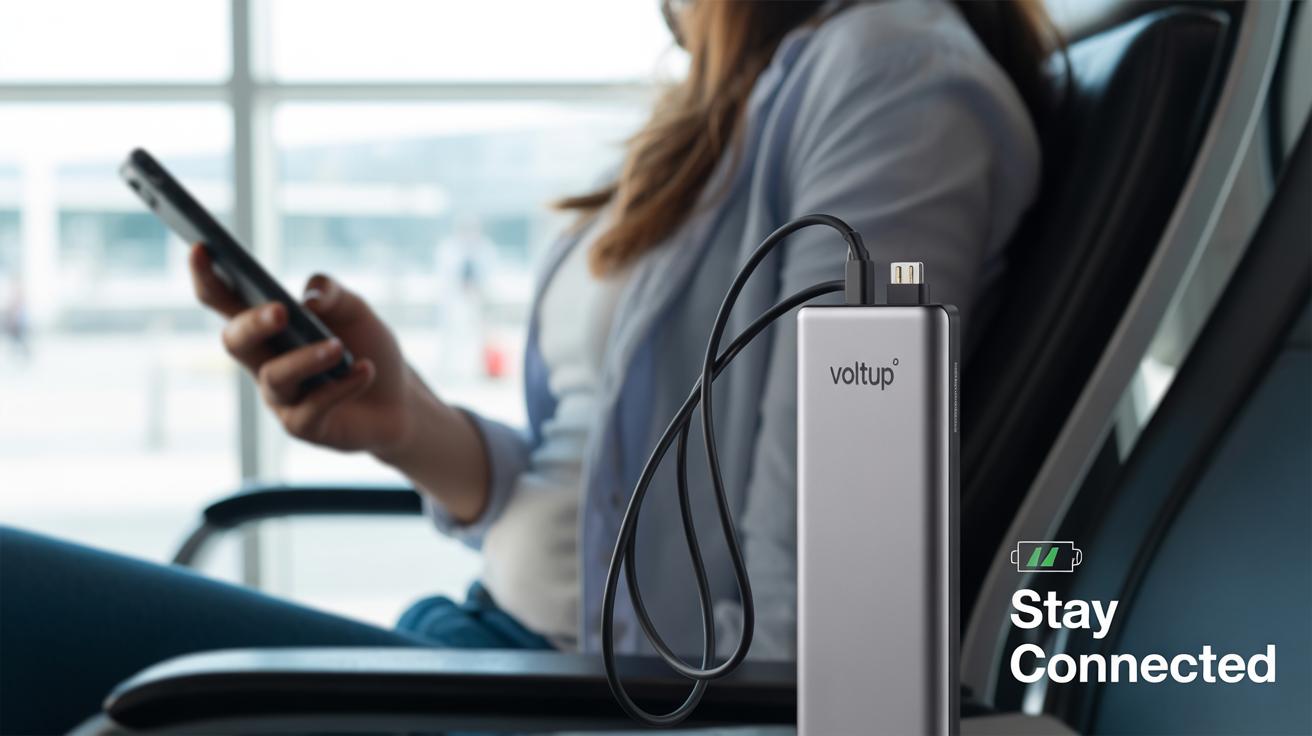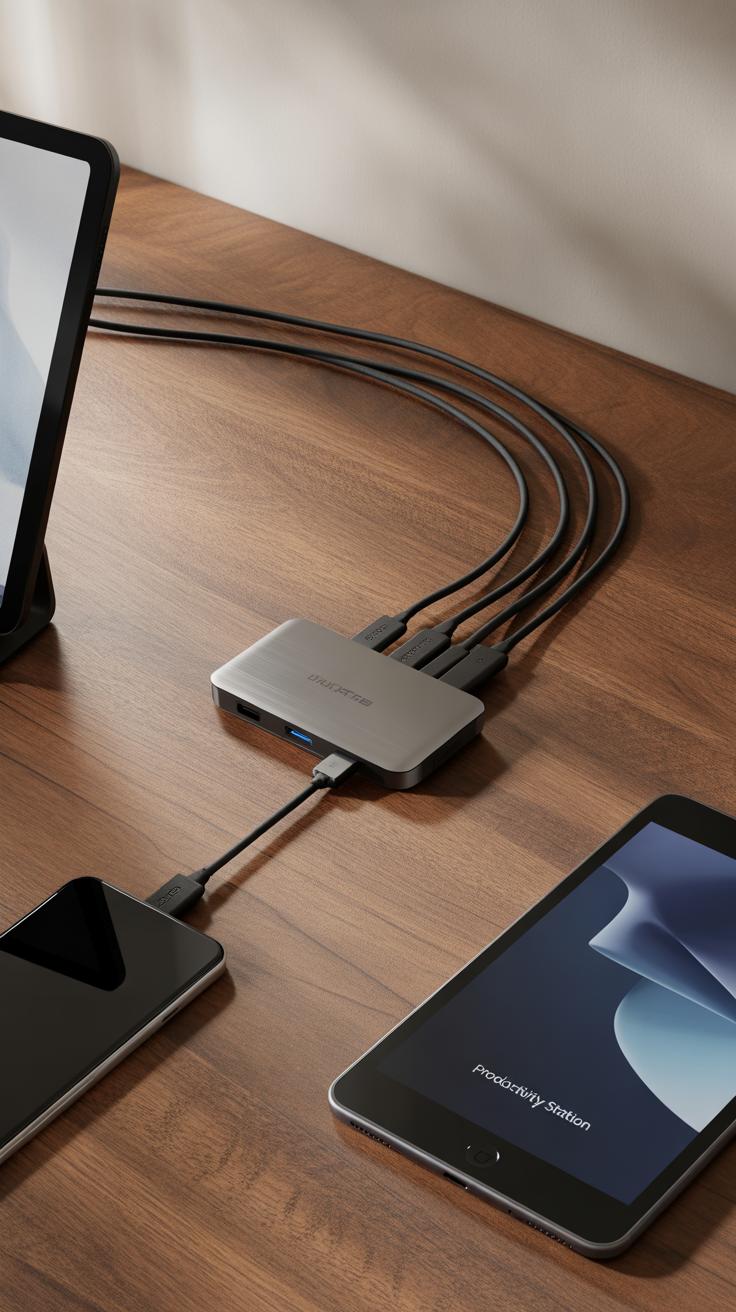Introduction
Traveling by air frequently means long waits, unexpected delays, and a need to stay connected and entertained. Packing the right tech gadgets can make all the difference. They help you stay organized, productive, and comfortable during your trip. This article explores the key tech gadgets every frequent flyer should pack.
We will look at different types of gadgets, from portable chargers to noise-canceling headphones, explain how they can ease your journey, and help you decide what to bring with you. Preparing well means less stress and more enjoyment while you fly.
Portable Chargers and Power Banks
Why You Need Portable Power on the Go
Long flights and airport layovers can drain your devices faster than you expect. Your phone, tablet, or laptop often runs critical apps—boarding passes, maps, entertainment, or work tools—and finding an outlet is never guaranteed. Sometimes power sockets are hidden, sometimes they’re occupied, and often there simply aren’t any nearby. That’s where portable chargers and power banks become essential. They let you avoid the stress of searching for plugs mid-journey and keep your devices running when you need them most—during delays, crowded terminals, or on flights with limited charging options.
Choosing the Right Power Bank for Your Needs
Picking a power bank isn’t just about buying the biggest battery you can find. There’s a balance between size, weight, and how many full charges it can offer. Think about what devices you carry and how often you travel. For example:
- Small, lightweight models (around 5,000 mAh) fit easily in a pocket and can top off a phone once or twice—great for short trips or light users.
- Mid-range options (10,000–20,000 mAh) offer multiple charges and can even power tablets or small laptops, though they tend to be heavier.
- High-capacity power banks (20,000 mAh or more) work for extended trips but might take longer to recharge themselves and add bulk to your bag.
Look for features like fast charging, multiple USB ports, and compatibility with your devices—USB-C support can be a game changer if you want quicker power-ups or to charge multiple gadgets simultaneously. Some models have built-in cables; others require extra cords, so consider what fits your style. Personally, I’ve found carrying one reliable mid-size power bank is less of a hassle than juggling several tiny ones, but perhaps your routine differs.
Top-rated models I’ve encountered include the Anker PowerCore series for balanced capacity and portability, and the RAVPower 26,800 mAh bank when I needed extra juice on a multi-leg trip. Choosing the right power bank isn’t just about numbers; it’s about matching the device to how you travel and the gadgets you rely on most.
NoiseCanceling Headphones
Noise-canceling headphones can really change your flight experience. The constant engine hum and chatter make it hard to relax or focus, and that’s where these headphones come in. They reduce background noise significantly, letting you get lost in music or simply enjoy some quiet time. You might find that with good noise cancellation, the flight feels shorter, even if it’s just a bit.
Popular models like the Sony WH-1000XM5, Bose QuietComfort 45, and Apple AirPods Max each offer solid noise cancellation, but they differ in battery life, comfort, and sound quality. For example, Sony’s headphones last up to 30 hours and have a snug, lightweight design, while Bose focuses more on plush cushioning that’s gentle over long hours. Apple’s model has a richer sound profile but is heavier, which might be tiring on long-haul flights.
Comfort is key since you’ll likely wear these for hours. Look for adjustable ear cups and breathable materials that won’t make your ears hot or sore. Durability also matters—travel can be tough on gear, so something sturdy or with a protective case is helpful. Picking the right pair sometimes means balancing sound quality with comfort. Have you ever had headphones that sound amazing but just hurt after a while? That’s the trap to avoid.
Compact Travel Routers and WiFi Hotspots
If you’ve ever struggled with spotty airport Wi-Fi or expensive in-flight internet, travel routers and mobile hotspots might be your best travel companions. These compact devices create your own personal network, often more reliable than public connections. Setting them up is usually straightforward—just plug it in, connect your device, and voilà, internet where you want it.
For frequent flyers, they bring peace of mind during layovers or when working mid-flight on planes that allow Wi-Fi connections. Having a dedicated hotspot means you avoid juggling multiple device logins or paying for expensive single-use access. Plus, some travel routers can connect to Ethernet or hotel Wi-Fi and rebroadcast a secure signal, which is handy when hotels limit the number of devices per connection.
Choosing the right device depends on where and how you travel. Think about these:
- Coverage: Will you mostly use it in cities, rural areas, or different countries?
- Speed: Are you streaming videos or just checking emails?
- Cost: Does the provider offer prepaid data, or will you pay monthly?
Picking one can feel like a bit of guesswork, and honestly, I’ve switched between devices depending on the trip. But investing in a compact travel router or hotspot can reduce that frustrating “no internet” pause, making travel a bit more connected—and less stressful.
Smart Luggage and Tracking Devices
Making Your Bags Smarter for Travel
Smart luggage brings more than just good looks to the airport. Features like built-in USB charging ports let you power your devices without digging through your carry-on for a charger. It’s especially handy during those long waits or layovers when every outlet is taken. Some bags offer built-in scales, which can save you from the horror of overweight baggage fees at check-in. Imagine weighing your bag right at the gate instead of standing in a long line trying to rearrange items.
Security-wise, many smart suitcases have TSA-approved locks controlled via apps. These locks give you control over who can open your bag, adding peace of mind. Sure, you might wonder if all these gadgets add weight, but many manufacturers balance it out with lightweight, durable materials. The extra convenience often pays off.
How GPS Trackers Help Locate Lost Bags
One of the biggest travel worries? Lost luggage. Attaching a small GPS tracker inside your bag changes the game almost completely. Unlike airline tracking numbers that rely on staff scans, GPS trackers let you see your bag’s location in near real-time on your phone. It’s like having your own eyes on your bag, even when it’s out of sight.
Setting it up usually means slipping the tracker into a hidden pocket, ensuring it won’t fall out unnoticed. Some even offer geofencing alerts that notify you if your bag moves away from a designated area, which is both clever and reassuring. Of course, these devices depend on battery life and network coverage, so they’re not foolproof. But wouldn’t you agree, the chance to avoid that panicky search on the baggage carousel is just worth the small extra step?
EReaders and Tablets
Carrying a Library in Your Bag
If you like to read during flights, an e-reader can genuinely change the way you travel. No more lugging around heavy books or worrying about running out of material halfway through a flight. With one device, you can carry hundreds of titles. That’s easily dozens of novels and non-fiction works, all tucked into a slim little gadget that fits in your bag without a hassle.
Battery life is often impressive, sometimes lasting weeks on a single charge—perfect for long trips where charging ports might be scarce or broken. Storage is generous enough to stash everything from the latest bestseller to obscure works you never got around to reading at home. It’s light, compact, and surprisingly durable, which makes it quite ideal for the frequent flyer who values convenience. I mean, how often have you felt annoyed facing an empty seat next to you and no good reading material?
Tablets for Work and Play on the Plane
Then there are tablets, which offer everything an e-reader does but with a bit more versatility. You can read, sure, but also watch downloaded movies or shows, play games, or—if you must—tackle some work projects. Their larger screens and faster processors make movie watching or typing emails smoother compared to a phone.
Some tablet models also let you slip between productivity apps and entertainment with ease, which I find handy when the flight is long and you want to switch gears without unpacking multiple devices. Of course, battery life won’t match a basic e-reader’s, but many tablets can still last several hours if you manage brightness and background tasks carefully.
Portability is decent—while bulkier than e-readers, the weight is manageable, and many come with lightweight cases that double as keyboards. They might feel like a bit of a luxury, depending on your travel style, but they really do cover many bases during your time in the air.
TravelFriendly Chargers and Adapters
When you’re hopping between countries, dealing with different power sockets can become a real hassle. There’s nothing more frustrating than arriving at your hotel and finding your charger won’t fit the wall outlet. That’s why carrying the right adapters is almost essential for frequent flyers.
World sockets come in different shapes and sizes—there are at least a dozen common types in use. For example, Europe mostly uses Type C plugs, while the UK relies on Type G, and the US uses Type A or B. Without the correct adapter, your devices might stay uncharged, which, let’s be honest, can ruin a trip.
But it’s not just about having a pile of adapters; the trick is to pick compact, universal chargers that combine several plug types in one neat package. These chargers are designed for ease of travel—they slip into your bag and won’t add bulk.
Here’s what works well:
- Multi-port USB chargers that handle multiple devices at once (phones, tablets, e-readers)
- Universal travel adapters that cover most regions, often including USB-C and USB-A ports
- Chargers with foldable or retractable plugs for easier packing
You might think a simple USB cable is enough, but without the right power source, your device dies, simple as that. I once relied on a single plug adapter only to find the hotel’s outlets didn’t match. That taught me it’s better to have a charger that adapts—to avoid that same frustration.
Finally, look for chargers with built-in surge protection or voltage compatibility ranging from 100 to 240 volts. Your devices will survive the power fluctuations you sometimes find overseas.
Portable Bluetooth Speakers
When you’re on the move, a compact Bluetooth speaker can make a surprisingly big difference to how you pass the time. Phone speakers are fine for quick catches of a podcast or a call, but if you want real sound, a dedicated speaker steps things up. I’ve noticed that even a small speaker can fill a hotel room or a quiet waiting area with richer, fuller audio. It’s just more enjoyable—music, movies, or even game sounds feel more alive. Why settle for tinny phone audio when you don’t have to?
Battery life is something to keep an eye on. A speaker that dies halfway through a long wait feels more like a burden than a help. Most travel-friendly models now offer between 8 to 15 hours of playback, which usually covers an entire day of delays or downtime. But fast charging options or USB-C power input can be a lifesaver too, letting you grab a quick boost between flights.
Portability matters, of course. The trick is finding a size that fits comfortably in your luggage but still packs enough punch. Smaller speakers are easy to carry but may lack bass or volume. Larger ones sound better but start weighing down your bag. It’s a personal call. If you often mix quiet spots with noisy terminals, a mid-sized speaker might be your best bet—balanced enough to impress without becoming a hassle.
Wearable Tech and Smart Watches
Keeping Health and Steps in Check While Flying
Traveling often means long hours sitting in cramped airplane seats. Wearable tech, like fitness trackers and smartwatches, can gently nudge you to move more. They track steps, heart rate, and even remind you to stand up—something that’s easy to forget when you’re engrossed in a book or movie. Some devices offer guided breathing exercises or stretch suggestions during flights, which might seem a bit much to some but can actually help with circulation and reduce stiffness.
It’s curious how seeing your daily step count go down can be motivating, even when you’re stuck on a plane. You might end up walking the aisles more, visiting the restroom, or simply stretching in your seat—a small win for your well-being. Benefits like monitoring oxygen levels or sleep quality might appeal if your flights include multiple time zones, helping you adjust when you land.
Smart Watches as a Convenient Travel Companion
Smartwatches offer quick glances at notifications without digging for your phone in a crowded seat. This can be a real time-saver, especially when you’re juggling boarding times and gate changes. Having alarms on your wrist helps prevent missing early morning flights or layover reminders—no fumbling through apps or risking phone battery drain.
Some models sync with airline apps, delivering flight updates right to your wrist. You might get gate changes, boarding calls, or delay alerts seconds earlier than other passengers. The small screen makes it simple to check the time zone you’re in or set timers for layovers, too. Though not everyone needs all these features, they tend to make a traveler’s day just a little less stressful—and isn’t that the point?
Multiport USB Hubs and Charging Stations
When you’re on the move, finding enough outlets can feel like a game. Multiport USB hubs step in to fix that, allowing you to charge several devices from a single socket. Picture charging your phone, tablet, wireless earbuds, and even a power bank all at once. It’s a kind of small relief, really—knowing you won’t have to juggle who gets charged first.
Most hubs out there sport compact designs. Some fit snugly in your bag’s side pocket, so they don’t add bulk. But compact doesn’t mean slow. Many support fast charging protocols like Quick Charge or Power Delivery. That means your gadgets get juice quickly, rather than sitting connected for hours without real progress.
Charging Many Devices Without Extra Outlets
Airports and cafes can be crowded, often with just a few power outlets. Multiport hubs help you organize charging for multiple devices without hogging all the plugs. You plug in one hub and spread the energy to your essentials. It’s better than scrambling for tiny sockets, especially when your devices are dying one after another.
Beyond smartphones and tablets, it works well for all kinds of travel tech—camera batteries, headphones, even portable fans. Oddly enough, I’ve found that once you start using a hub, you wonder how you managed without one. It keeps cables neat too, less tangle, less mess while you wait at the gate.
Selecting High-Speed and Compact Hubs
Choosing the right hub is no small task. Charging speed should top your list, especially if your flights are long and layovers short. Look for hubs with the latest USB standards and good wattage output. Some include designated fast-charge ports, which is handy but not always needed for everything.
Size matters, obviously. You want something portable without compromises. Folding plugs or slim levels make a difference here; you’d hate something bulky letting you down on cramped tray tables. Brands vary, so reading reviews often gives a clearer picture than specs alone. And, if it comes with a short, well-built cable, that’s a bonus.
Conclusions
Tech gadgets can transform your flying experience. Having the right tools keeps you powered, entertained, and connected. From charging devices to smart luggage, each gadget serves a practical purpose on your trip.
Consider your travel habits and needs when selecting gadgets. Pack smart, and you’ll enjoy a smoother, more comfortable flight every time. Your frequent flying just got easier with these helpful tech tools at hand.

